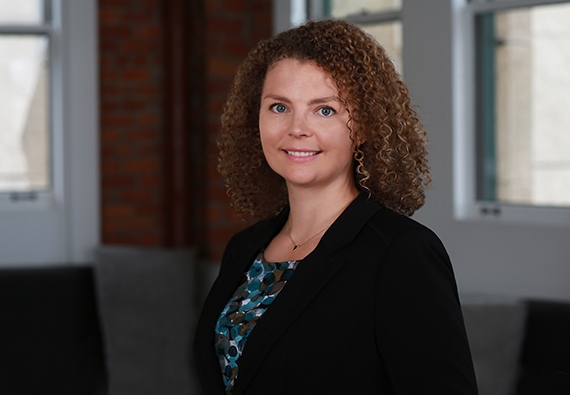Insurance Market Crushes Wineries and Wine Country Homeowners
We keep hearing about how difficult it is for winery and vineyard owners to get property insurance these days, both for their homes and their wine businesses in California’s wildfire-prone areas. Those who have not yet faced non-renewal are dreading a potential notice on their next renewal cycle, and those who have been non-renewed or are purchasing new properties are finding themselves increasingly left with the FAIR Plan as the only available option.
There is hope that things will improve. On September 21, 2023, Governor Newsom signed an Executive Order urging Commissioner Lara to take action to address the crisis in the property insurance market impacting not only homeowners but also businesses, including wineries and vineyards.
Simultaneously, the Department of Insurance (DOI) announced proposed regulatory changes intended to curb the exodus of insurance companies from the market thereby providing additional options for vineyard owners and others having difficulty securing insurance coverage.
According to Commissioner Lara, the deal negotiated with insurers includes changes to the criteria that insurance companies can use to justify rate increases. Previously prohibited criteria include future-looking catastrophe modeling and the cost of reinsurance. Proposed rate adjustments must be submitted to the DOI for approval, including for review of the forecasting modeling used to support any upward adjustments. Workshops with stakeholders and experts are underway to discuss what that modeling will look like and how it will be implemented.
As insurance companies can more accurately adjust rates to account for climate change and future-looking models, they will hopefully be less wary to write California policies. While this does mean that more rate hikes are likely in store across California, it is intended to strengthen competition, especially in areas that increasingly had none—like many of the wine country zip codes. This, in turn, will take pressure off the FAIR Plan, which was another priority mandated by Governor Newsom’s September Executive Order.
In exchange for these concessions on rate computation, by December 2024 insurers who wish to take advantage of the new rating provisions must write policies in at-risk areas at 85% of the levels in which they provide coverage for California properties overall. The fire-distressed areas will be determined by the DOI, not the insurers. Certainly this should include most of the greater Napa wine country area that has been devastated by fires in the recent past. This means that insurers will no longer be allowed to selectively pick certain low-risk regions to write policies in while declining to write policies in at-risk areas. Insurers will have to take on nearly as many higher-risk insureds as lower-risk ones if they want to do business in California at all.
All of these efforts are in conjunction with other regulations the DOI has implemented to force insurers to reward wildfire safety and mitigation efforts made by homeowners and businesses. Under the Safer from Wildfires regulations implemented last year, measures such as fire-resistant roofing, upgraded windows, defensible space and other factors reduce an insured’s “wildfire risk score” and are reflected in reduced premiums. FAIR Plan policyholders who comply with California’s Safer from Wildfires program will be given first priority for transition to the normal market.
In the meantime, the changes will hopefully provide some relief to the wine industry. The DOI’s regulations, once adopted, will direct the FAIR Plan to increase its commercial coverage limit to $20 million per building to close insurance gaps for businesses unable to find coverage in the normal insurance marketplace, such as wineries with numerous buildings and residences on their properties.
In addition, Commissioner Lara recently issued a moratorium on residential non-renewals in areas surrounding wildfires for at least 12 months following an officially declared state of emergency. Currently, the moratorium applies to Smith River Complex Fire and the Happy Camp Complex Fire. A list of zip codes protected is available at the DOI website.
The intent of the DOI is to get the new regulations in place within a year to prevent further exodus and allow insurers like Allstate and State Farm—who exited the market in the past year—to return to writing California policies. While these regulatory changes may not be soon enough to help recently non-renewed vineyard owners or those to be non-renewed in the coming months, it should mean that many property owners relegated to the FAIR Plan will have options to get back into the private insurance market in the near future.
The North Coast wine country has been one of the areas most impacted by the wildfires and, now, by the insurance market’s reactivity. But the DOI is very focused on making the insurance market work again for all California insureds, and these regulations should help alleviate the nightmare that has been property policy placements and renewals for many wineries recently.

